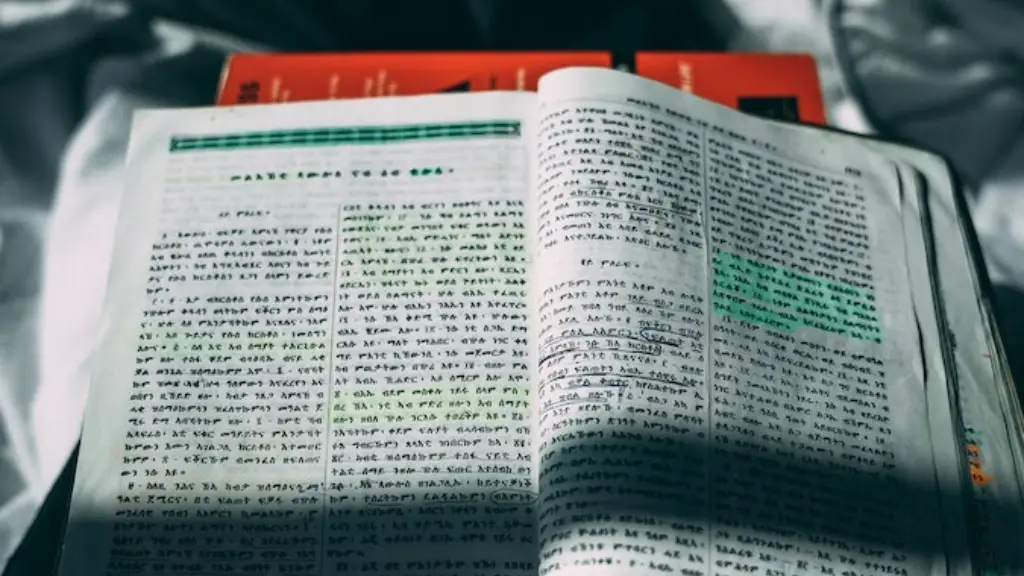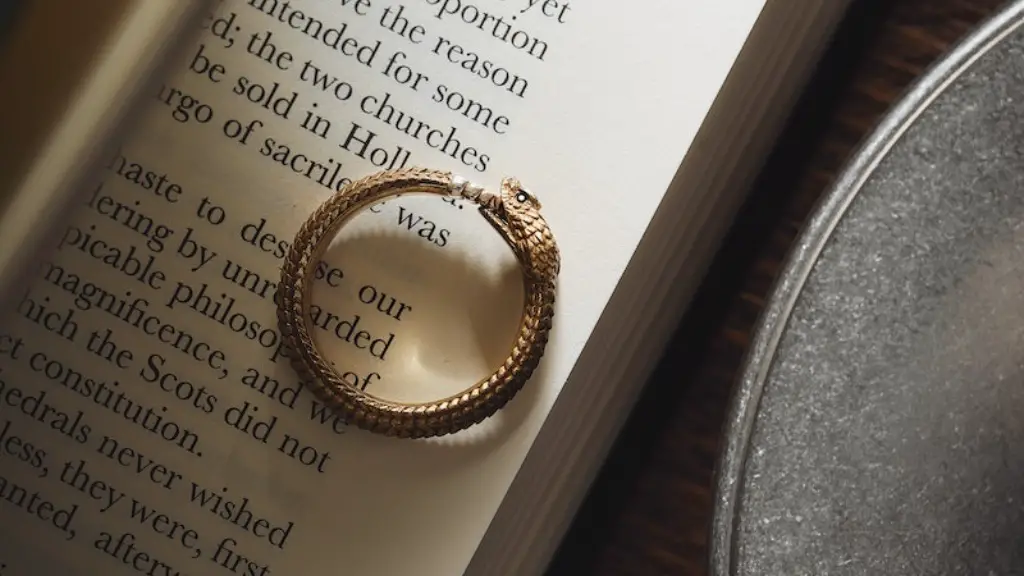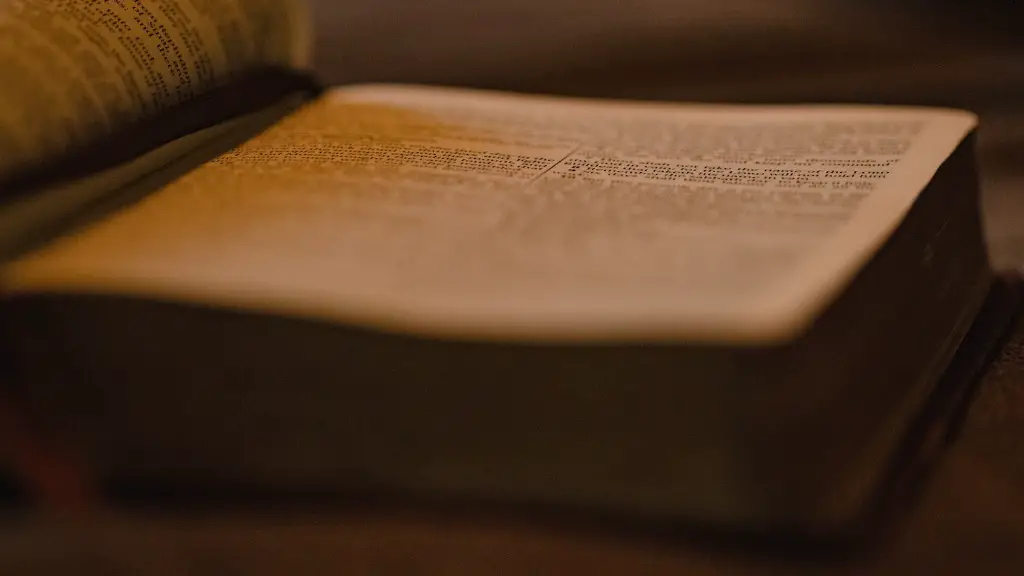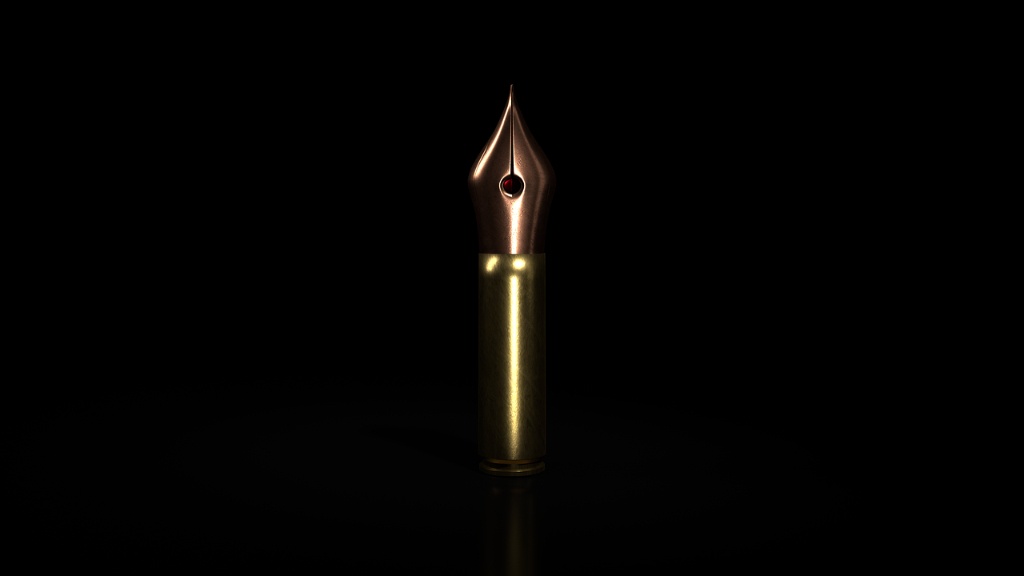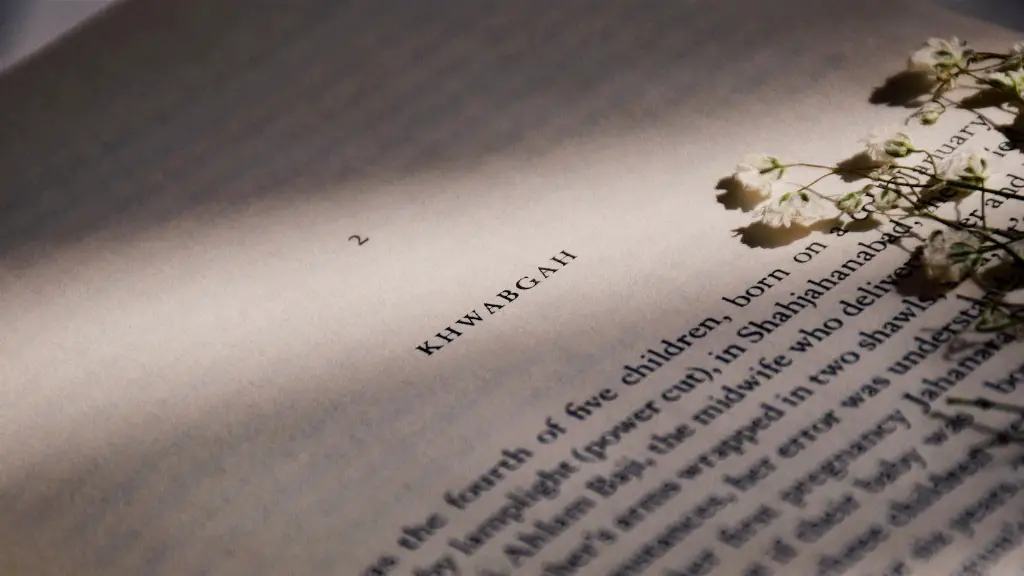Poetry has been around for centuries and is one of the oldest forms of writing. It is a great way to express feelings and thoughts in a creative and engaging way. But, how many types of poetry are there?
Many experts may say that there are countless types, styles, and forms of poetry, depending on who you ask, but they will all agree that there is no single answer. There are hundreds of different types of poetry, and this number grows with the creation of more. Each type is unique and has its own particular way of expressing emotions and thoughts.
The classical view of poetry can be broken down into three general categories, namely traditional poetry (often referred to as Western or Greek poetry), free verse poetry, and spoken word poetry. Traditional poetry can come in a variety of forms like haikus, limericks, sonnets, and odes. These types of poetry are characterized by strict rules in regards to the use of meter and rhyme scheme. Free verse poetry is a type of poetry that has no specific rules and is more open to individual expression. It can still have rhyme and meter, but it is not as rigid as traditional poetry. Spoken word poetry is performed by poets in a spoken performance, and it can exist as both traditional and free verse.
There are also different types of poetic forms in other countries and cultures, such as Asian, African, and Latin American poetry. These types of poetry can vary greatly, from traditional forms to more modern styles. Each type has its own characteristics and uses a different way to express emotions and thoughts.
In terms of thematic elements, there are also many types of poetry. Lyric poetry focuses on expressing emotions and feelings and can be written in the form of a song. Narrative poetry tells a story, either as a single poem or in a series of poems. Epic poetry captures the grandiosity and action of events and often has a formal structure. Dramatic poetry usually takes the form of a play and focuses on dialogue. Finally, satirical poetry is written to ridicule a certain topic and can be seen as a form of political and social criticism.
As you can see, there are lots of different types of poetry and it’s impossible to list them all. Every poet has their own unique style and you can explore and discover new types of poetry. What’s important is that you find the type of poetry that speaks to you and allows you to express yourself in a creative and meaningful way.
Abstract Poetry
Abstract poetry is loosely defined as being distinct from other types of poetry, mainly because its content does not necessarily rely on traditional interpretations or the use of language in the conventional sense. Abstract poetry exists in a world of creative and expressive imagination and often emphasizes the experience of the poet. It can encompass multiple meanings that are often difficult to interpret, and its creativity and uniqueness rely heavily on their subjectivity
Abstract poetry could be seen as highly experimental, as many poets will break the rules and conventions of traditional metre and language to create something completely unique. This type of poetry is often unpredictable and open-ended, and its meaning can only be understood once the poem has been interpreted in its entirety.
In terms of structure and form, abstract poetry does not adhere to any one type of form or metre. Instead, the form and structure will be determined by the content, and the poet can create whatever form they wish. Abstract poetry is often quite short and contains a lot of imagery and symbols.
The beauty of abstract poetry lies in its ability to evoke emotion and meaning from the reader or listener. Because of the lack of rules and conventions, each poem is highly personal and a reflection of the poet’s feelings, thoughts and experiences.
Rhyme Poetry
Rhyme poetry is a type of poetry that uses rhymes and rhyming words to create a certain effect or rhythm. In rhyme poetry, two or more words will rhyme together and the poet will use these rhymes as a tool to draw attention to particular themes or ideas.
Rhyme poetry is often used to create a set of rules, which is then manipulated to create an interesting and engaging poem. In traditional rhyme poetry, a certain pattern will be used throughout the poem and the rhythm of the rhyming words will give the poem a distinctive flow. This type of poetry has been around for centuries and is one of the most popular forms of poetry.
The use of rhyming words and regular metre is often seen as a way for poets to express themselves in a creative and engaging way. Rhyme poetry is often used to create a vivid and visual picture of the poet’s feelings and to evoke sentiments that the reader or listener can relate to.
Rhyme poetry can be seen as a complex type of poetry as there are often multiple levels of meaning within the poems. These levels can be revealed through the use of internal and external rhymes, as well as using techniques such as alliteration and assonance to add further depth to the poem.
Haiku Poetry
Haiku is a type of Japanese poetry that is written in three lines. Each line must contain a set number of syllables. The first line is composed of five syllables, the second line seven, and the third line five. Although it is a type of traditional Japanese poetry, haikus can be written in any language.
Haikus are known for their simplicity and brevity and are often written as an expression of a momentary perception of the world. These moments usually involve nature, but can also be about a feeling or a thought. As such, haiku poems are often used as a way to capture a moment or experience in a concise and powerful way.
The Japanese tradition of haikus originated in the seventeenth century and continues to be an influential part of Japanese culture and literature. It is a form of poetry that requires careful consideration in the choice of words, as the poet must convey their experience in a few carefully chosen words. Thus, each haiku must contain a play on words in order to express the poets’ full experience.
Haikus can be seen as a form of meditation, as they involve a deep reflection within and urge poets to look within themselves and contemplate the world around them. They provide an opportunity to look at the world and experiences in a different and unique way, allowing poets to gain insights into their own lives and thoughts.
Limerick Poetry
Limericks are a type of humorous, rhyming poetry that originated in Ireland in the 18th century. The limerick rhyme scheme is often described as “A-A-B-B-A” and each limerick contains five lines. The first, second and fifth lines must have seven to ten syllables, while the third and fourth lines must have five to seven syllables.
Despite their short length, limericks tend to be quite complex and witty. They usually contain a twist that leaves the reader surprised and often laughing. Because of their humorous nature, limericks are often used as a way for people to laugh and enjoy themselves, whether it’s at a party or in the classroom.
Limericks also often contain an element of rhymes and play on words. They often contain two rhyming words and are intentionally humorous. The rhymes and puns are used to emphasize the joke, as well as to draw attention to the poet’s wit and intelligence. They can also be used to make a pointed social or political comment.
Limerick poetry is often seen as a form of humour and entertainment, but it can also be used to express deeper thoughts and feelings. It is a great way to express ideas and emotions in a fun and engaging way, without being too serious or formal.
Sonnet Poetry
Sonnets are a type of traditional poetry that originated in Italy during the Renaissance period. The sonnet rhyme scheme is often described as “A-B-A-B-C-D-C-D-E-F-E-F-G-G” and each sonnet contains fourteen lines. The first twelve lines must have ten syllables each, while the final couplet must have four syllables each.
Sonnets are often written about great love or profound sadness and are usually carefully constructed and structured. The structure of a sonnet will always remain the same and poets often have to choose their words carefully in order to maintain the metre and the meaning of the poem. Sonnets usually contain metaphors to create an image of the feelings and thoughts being expressed.
Due to the structure of the sonnet, it is often used as a way to make a statement or to express a deep emotion or thought. It is often seen as a way to create something beautiful and elegant and is often used as a way to express love. Sonnets are often written in a heartfelt, personal way and many poets find the structure to be a great way to express the intensity of their emotions.
Sonnet poetry is a popular form of poetry, and is often used to capture and express profound emotions. As such, it is often seen as a timeless and beautiful form of poetry.

